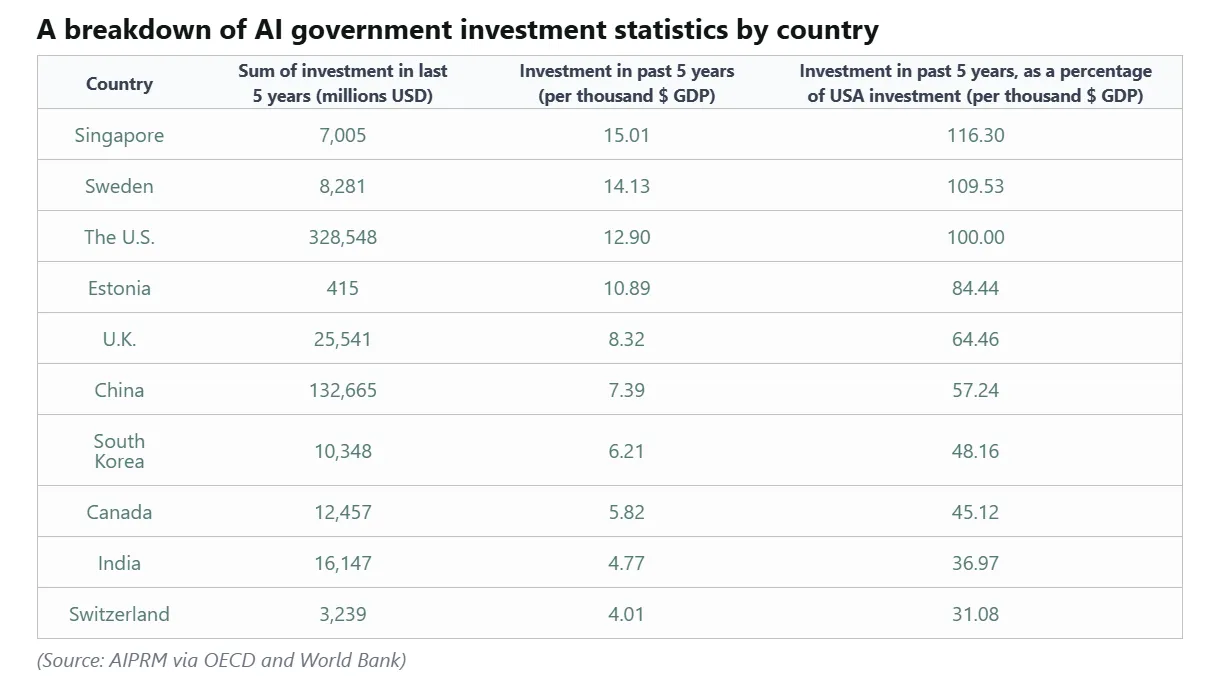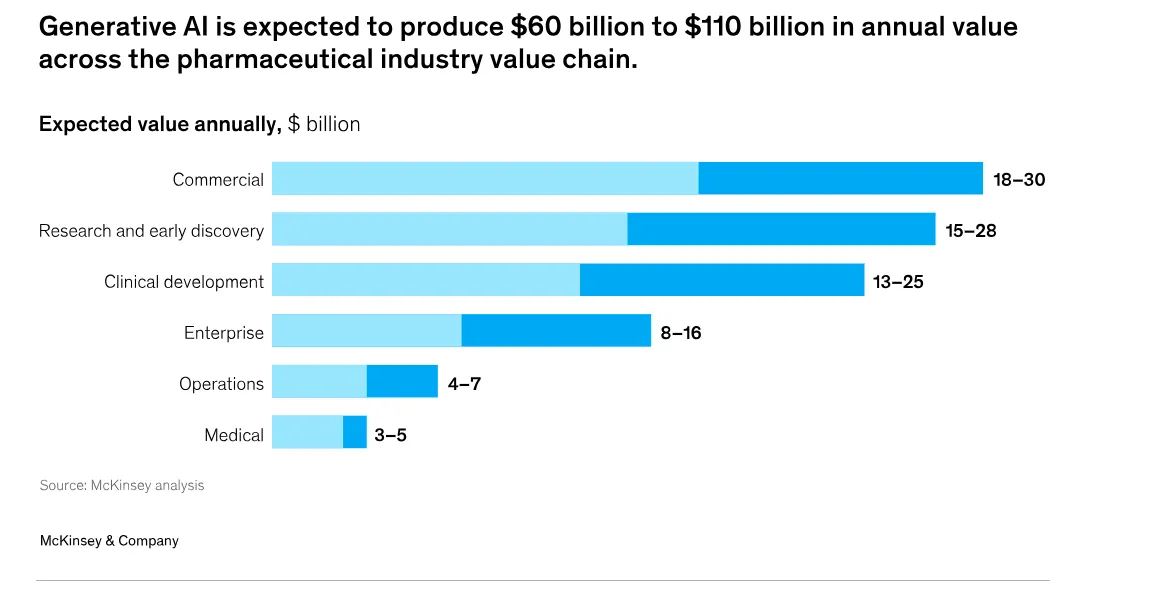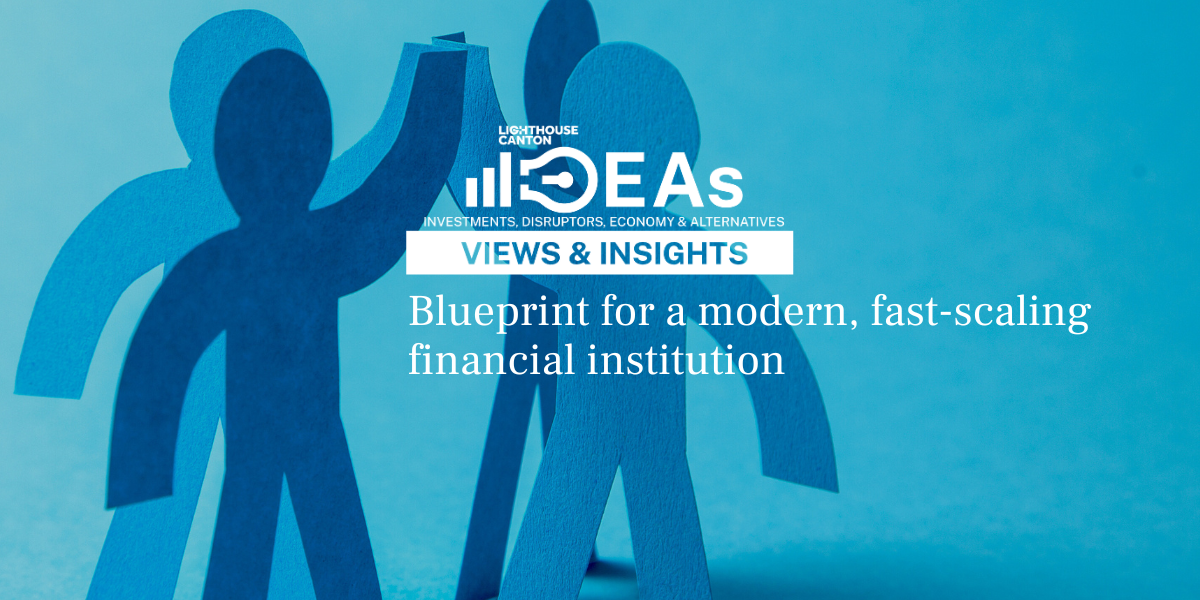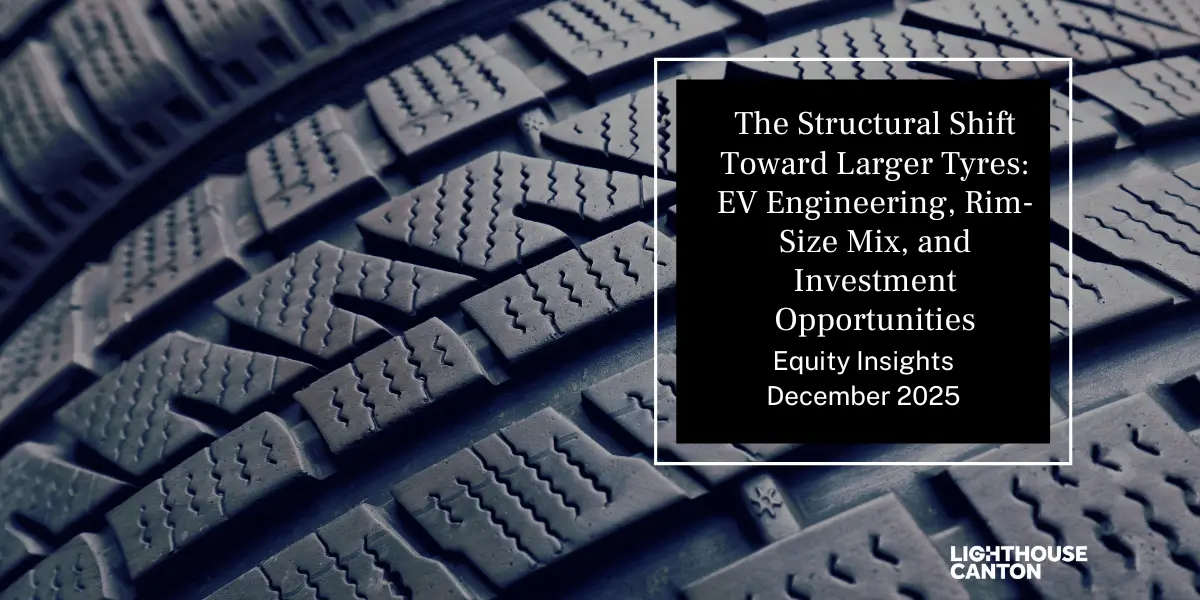Innovation is taking center stage as generative AI reshapes the global growth landscape.
"Generative AI, and innovation more broadly, is a leading growth theme globally," noted Nilesh Jasani, MD & Portfolio Manager for Lighthouse Canton’s LC GenInnov Global Innovation Fund.
Traditional growth narratives like globalisation or China or specific commodities or luxury consumption items have waned, according to him. Investors, particularly high-net-worth individuals (HNWIs) and ultra-high-net-worth individuals (UHNWIs), are pivoting toward AI-driven opportunities as other sectors lose their lustre.
For investors, this pivot reflects both opportunity and uncertainty.
Jasani explained, "Are we too late? Is it already gone? Is it too expensive? Could this be a bubble? All those things are there." Despite these concerns, the transformative nature of AI ensures its position at the centre of investment discourse.
"Being the world’s number one growth theme, it’s attracting all the headlines and attention," said Jasani speaking to LC IDEAs: Views & Insights.
Jasani and his investment team at LC GenInnov Global Innovation Fund is capitalizing on this theme. The Fund is a long-only global all-sector fund which seeks to invest in around 30 - 40 companies poised for growth in the GenAI era.
Jasani observed that the technology’s importance extends beyond individual portfolios, becoming a geopolitical and economic focal point. Governments globally are investing heavily in AI infrastructure to secure strategic advantage. For instance, the United States, Japan, and India have announced massive packages to support AI hardware and software development.
The numbers show the magnitude:
Government investing in AI is increasing globally. Stats from AIPRM show that the US government invested the most in AI, compared to other countries, at almost $328bn. This is around $195bn more than second-placed China across the same period.When AI investment statistics are judged against the country’s GDP (Gross Domestic Product), Singapore comes out on top. Despite placing tenth in terms of the amount of money spent, their investment over the past 5 years is equivalent to 1.5% of its current GDP (in 2022). When compared to the US their rate of AI investment is outpacing the US by 16% per thousand $GDP.

DISRUPTIVE SECTORAL APPLICATIONS
It’s no secret that Generative AI's reach extends across industries, fundamentally altering their operations and growth trajectories. Jasani believes that the real beneficiaries of GenAI advancements will be found in application areas beyond the tech sector, rather than in the initial creation of AI technologies, and some of the sectors he sees potential and opportunity within include technology, robotics, biotech, cleantech & fusion power, mobility, consumer electronics and healthcare.
Jasani noted, "The technology sector will adopt Gen-AI first, but its applications are now everywhere—drug discovery, material sciences, mobility, and beyond."
In healthcare, AI is driving breakthroughs in protein and peptide discovery, dramatically accelerating progress in areas that had previously taken decades. In material sciences, machines powered by AI are discovering crystal structures at a rate ten times faster than humans, reshaping industrial manufacturing and innovation.
Example, The McKinsey Global Institute (MGI) has estimated that Gen-AI could generate USD 60 billion to USD 110 billion a year in economic value for the pharma and medical-product industries, largely because it can boost productivity by accelerating the process of identifying compounds for possible new drugs, speeding their development and approval, and improving the way they are marketed.

AI’s influence is also evident in the mobility sector, where it is enabling the next generation of driverless cars and autonomous robots. Jasani remarked, "The stagnation in robotics and mobility was largely due to our inability to make machines learn through observation. Those barriers have now been crossed."
However, Jasani stressed that this transformation requires investors to rethink traditional investment approaches.
"This AI is very different from everything that came under the name of AI over the last 50 years," he shared, explaining that newer systems mimic human cognition, moving beyond the limitations of pre-2022 programming paradigms.
THE CHALLENGE OF INSTANT COPYABILITY
One of the most striking shifts in the AI era is the "instant copyability" of ideas and innovations. Unlike the internet era, where breakthroughs often emerged from small startups, today’s AI advancements are dominated by industry giants with robust infrastructures.
"Power is shifting from the application layer to hardware, and business moats are being redefined," Jasani observed.
This shift has profound implications for investors. Jasani emphasised the importance of looking beyond the brilliance of ideas, noting, "Ideas alone don’t work. Your business moats are back to the traditional ones—distribution networks, branding, regulatory protections, and proprietary data access."
This dynamic also impacts due diligence. Long-term investors must approach AI investments with flexibility and adaptability. Jasani stressed, "Nobody knows where this is headed. You must retain the flexibility to change your opinion and adjust your investments."
Despite the risks, the sector’s pace of innovation is unmatched. "Things that once took years to double now happen in months," he said, underscoring the need for investors to stay informed and proactive.
A STRATEGIC APPROACH TO INVESTING
For investors, the rise of generative AI calls for a nuanced and dynamic strategy. While the sector promises significant returns, its rapid evolution requires careful planning and execution. Jasani advised against rigid time horizons, such as the traditional five- to seven-year investment cycles. "You can’t simply just lock in investments and expect returns without an exit option," he said.
Instead, Jasani advocated for maintaining nimble portfolios that allow for swift reallocation of resources. He cautioned against overestimating the profitability of ideas alone, given the speed with which competitors can replicate and enhance them. "In the world of instant copyability, ideation and idea generation are becoming commoditised," he shared.
Jasani also emphasized the importance of identifying investments with strong business moats, whether in branding, regulatory protections, or physical infrastructure. He explained, "The innovations that make money are no longer coming from garages but are back in the domain of giants."














.png)
%20(9).webp)
.webp)
